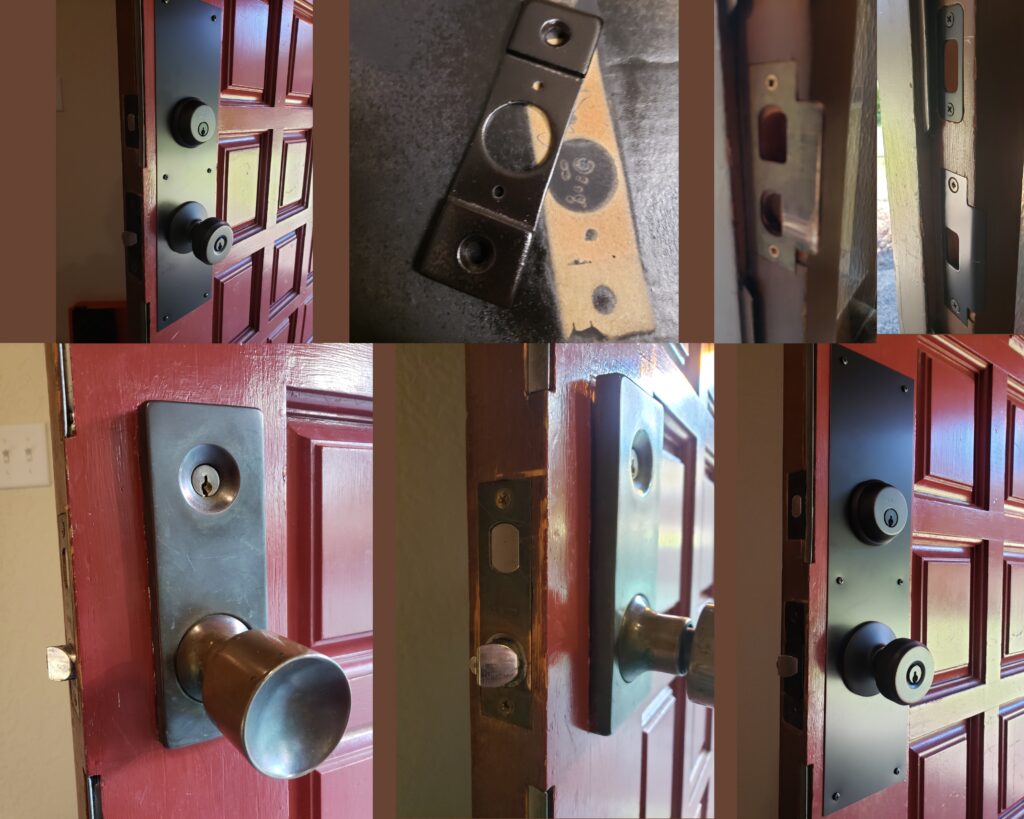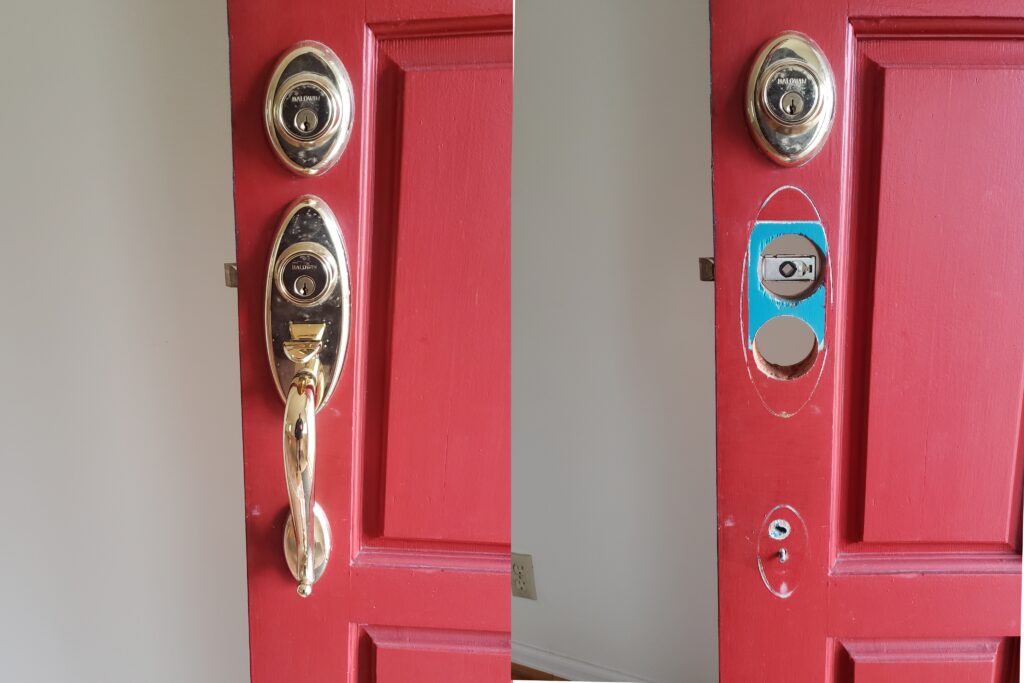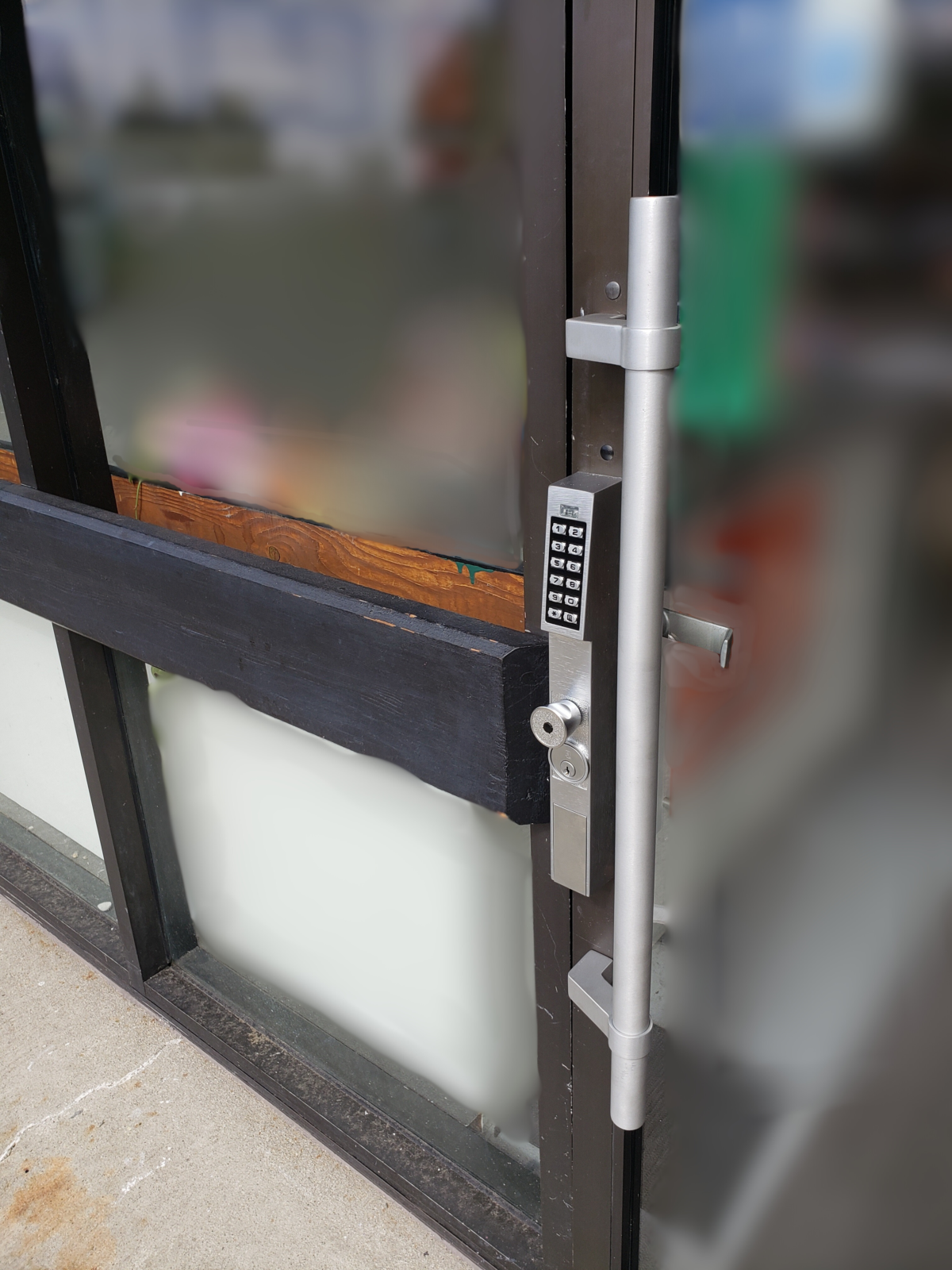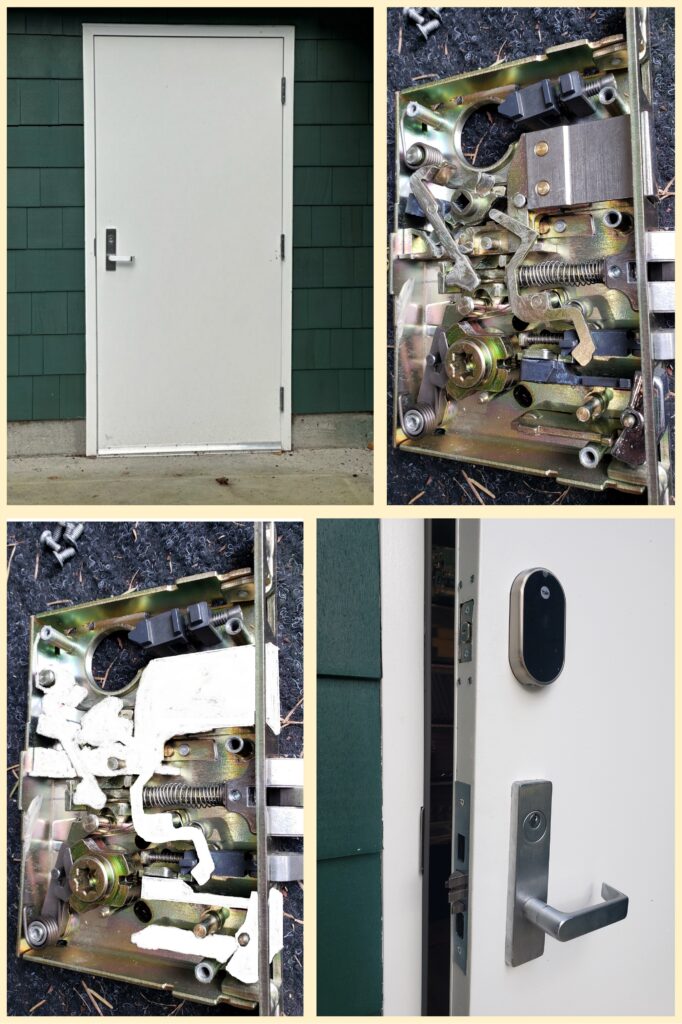At 42 I feel old and out of touch. Communicating with my customers is half of my job, and I’m constantly thinking I no longer understand the basic rules of electronic communication. My interactions leave me wondering if the entire ruleset has been rewritten, or if people simply don’t have manners anymore. I’m beginning to believe that it could be some of both, and that certain old politenesses just don’t apply anymore.
I have this notion that method of contact matters. In my mind–and it could be that that’s the only place where this idea resides–there’s a generally accepted hierarchy of urgency for the different ways you might contact someone. From least to most urgent, here they are:
- email – We send these with the understanding that the recipient might wait until he’s at his computer to answer. With the benefit of a keyboard and full-sized screen he can craft a well-considered response.
- texting – This demands a more prompt reply. It’s often written in shorthand and it pops up on our screens over whatever else we might have been looking at. There isn’t an expectation that a text would warrant a thorough well-written reply. The idea is that at the recipient’s first opportunity he should look at the message and send a short reply or acknowledgment of receipt.
- calling – This requires the most immediacy. Talking is usually the most efficient communication method when you need to have an exchange that will involve some back and forth. A phone call is a request to have that back and forth right now.
Although this is my understanding, people do things that leave me questioning it all the time.
They’ll call or text me at night or on a Sunday about the least urgent projects. Occasionally they’ll pretend they didn’t expect me to pick up the phone or answer the text at these hours, but they’re surely glad when I do. Who calls a business hoping not to reach someone?
Sometimes a property manager will send me an urgent work request by email, telling me a tenant is standing outside of his locked apartment and asking if I can help right away. Usually I see these emails hours after they were sent, as email is low on my priority list when I’m hustling from one job to the next. I ask why they didn’t call or text me, since it was urgent. What’s the difference, they say. The text message goes to your phone in your pocket and beeps. The email goes to your phone in your pocket and beeps. Check your phone when it beeps.
Is that really the expectation? Am I supposed to check the device every time it beeps, chirps, or buzzes at me? It makes two hundred noises a day. How will I ever get through a task?
And then customers contact me through WhatsApp. I downloaded that app to talk to old friends in other countries. Now it’s flooded with correspondence from customers. I didn’t see that coming.
Other times people want to text me for a quote on a complicated project that requires a long volley of questions and answers. It will start with, “How much to change a lock?” This is like asking a mechanic, “How much to fix a car?” I’ve read that you’re supposed to respond to people’s queries using the same medium that they use to contact you. But I don’t want to play a complicated game of twenty questions over text message, stretched across a day and a half, when the same thing could be accomplished with a five-minute phone conversation. Am I expected to?
And what’s this with young people being afraid to make phone calls? I used to do after-hours lockout calls in a big modern apartment building downtown. Frequently the young resident and I needed to contact a friend or neighbor inside the building to give us access to their floor so we could get to the unit door that I was going to open. I always wanted to get them in and go home as quickly as possible, but the customer would pull out their phone and start typing a text. Not wishing to wait around while a text message went unnoticed, I’d suggest that they call instead and they usually seemed surprised, like it was a completely novel idea.
My wife points out to me that half the phone calls we get these days are spam or outright scams. That wasn’t the case when I was young, so it’s likely that some of the changes are an adaptation to that. There are eight billion strangers in the world who can interrupt us at any moment to try to separate us from our money, and at almost no cost to themselves. This is a dramatic change from the days when long-distance sales calls were prohibitively expensive.
I always expected that over time we would develop rules of etiquette around the new technologies that have emerged. I’m beginning to think that they already exist, but they bear little resemblance to the old ruleset. In many ways the very idea of having rules has gone away. The younger generations, which have grown up immersed in social media and cell phone culture, may innately understand something that I’m only just starting to grasp.
Maybe the new rules are built on an understanding that it’s not on us to police our own behavior when it comes to contacting each other. There’s so much noise coming from our phones that our main duty is to ourselves: we decide who we’re going to ignore, when we’re going to ignore them, and for how long. As long as we’re comfortable setting boundaries, we shouldn’t worry ourselves with what others are trying to do. If that’s the case, it seems a lot less kind than the old system, in which we tried to be courteous about when we reached out, and in turn we trusted each other’s judgment enough to be receptive when they did. But if that’s how it is, there’s no point in complaining. As a business owner, I just need to be clear about how and when people can reach me, and happy when they do.

 Commercial
Commercial 






